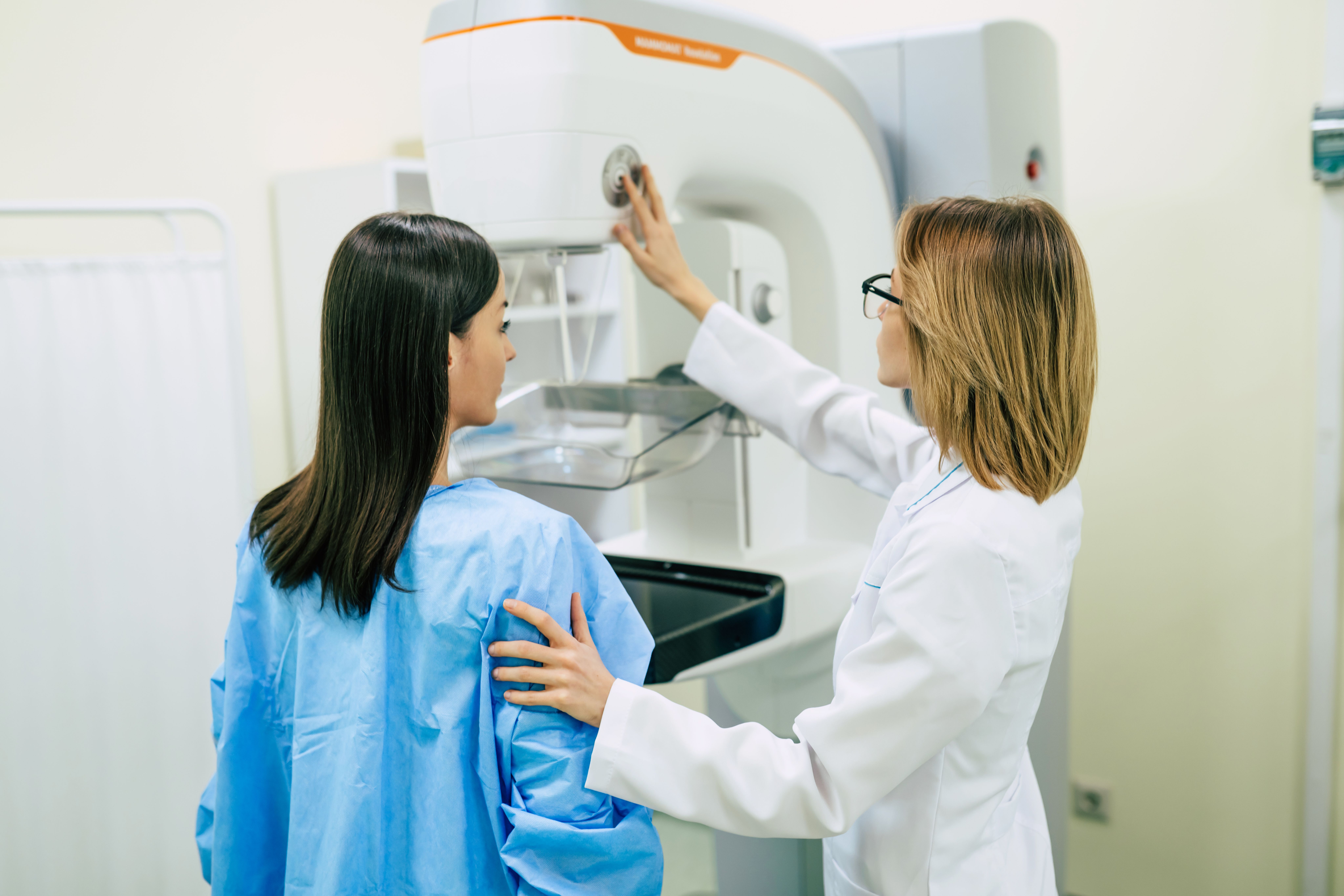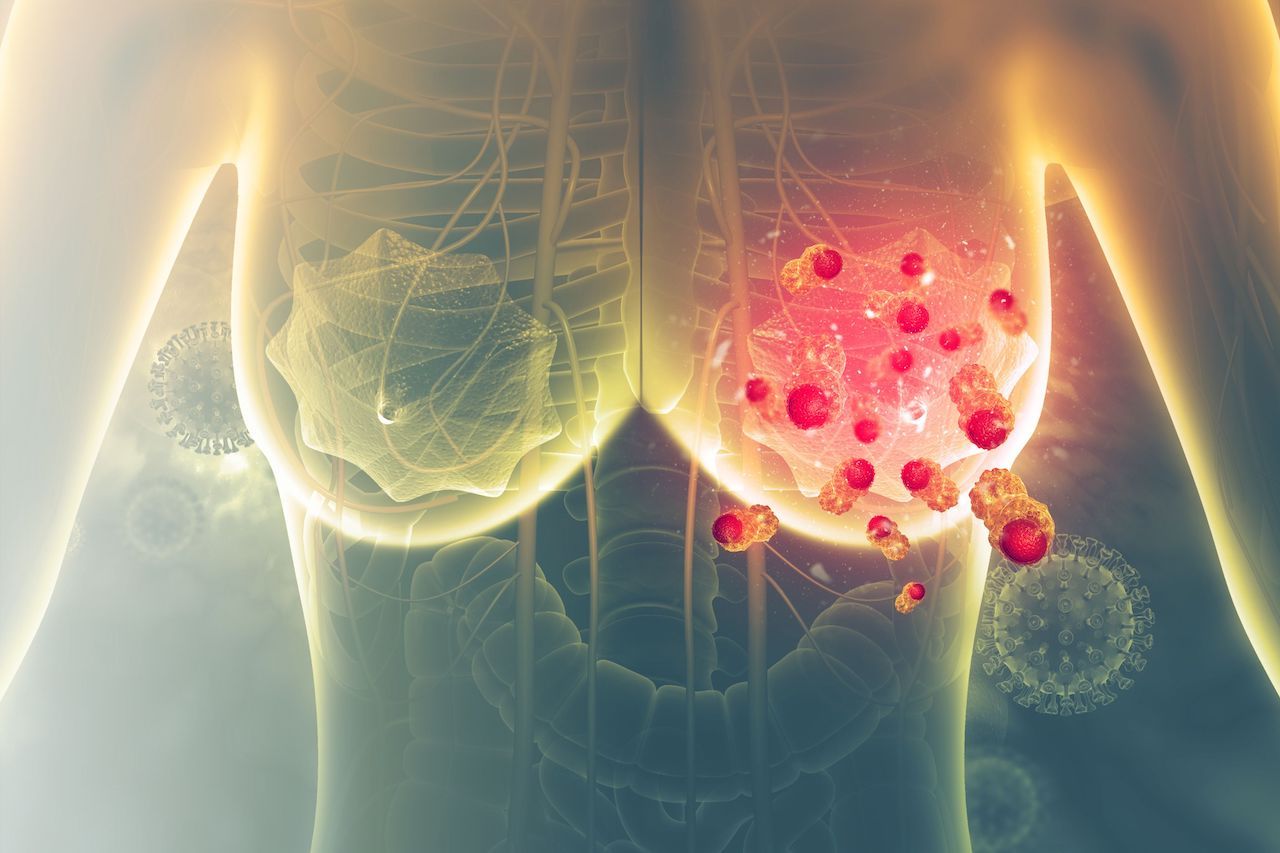News
Article
Age-Related Disparities in Long-Term Outcomes for ER+, HER2– Breast Cancer
Author(s):
Key Takeaways
- Young patients with ER-positive, ERBB2-negative breast cancer have worse survival outcomes compared to older patients, necessitating personalized treatment approaches.
- Younger patients often present with more aggressive pathological features, including larger tumors and greater lymph node involvement.
- The study found that younger age is an independent factor linked to worse locoregional recurrence-free survival, disease-free survival, and late distant metastasis-free survival.
- The retrospective study design and limited data collection may restrict the scope and impact assessment of oncologic outcomes.
Younger women with estrogen receptor (ER)–positive, HER2-negative breast cancer have significantly worse long-term outcomes, including higher rates of recurrence and metastasis, compared with older women.
Younger women with estrogen receptor–positive, HER2-negative breast cancer have significantly worse long-term outcomes, including higher rates of recurrence and metastasis, compared with older women.
Image Credit: My Ocean studio - stock.adobe.com

Young patients with estrogen receptor (ER)–positive and HER2-negative breast cancers are associated with worse locoregional recurrence-free survival, disease-free survival, and late distant metastasis-free survival, acknowledging the importance of long-term observation and the possibility for personalized treatment approaches based on age, according to a study published in JAMA Network Open.1
Patients diagnosed with breast cancer at a younger age have shown reports of more aggressive pathological features. Additionally, the diagnosis is usually of larger size, greater lymph node involvement, poorly differentiated, and often hormone receptor (HR)–negative disease.
Young patients tend to have more basal-like tumors based on molecular profiling and diagnoses are usually linked to hereditary breast cancer syndromes, often coinciding with poor prognosis in luminal-like disease. Both HR-positive breast cancer and HER2-negative breast cancer are linked to a higher risk of late recurrence compared with alternative subtypes.
In a previous study, younger patients had a worse disease-free survival rate during all time periods compared with older age groups.2 After 5 years, recurrence rates for patients less than 35 years old was 30.4% compared with 18.7% for patients 35 and older. By 10 years, recurrence rates persisted in 40.1% of younger patients and 28.6% of older patients. The overall survival rates for younger women were significantly worse than those for older women.
The current study authors analyzed if younger patients with HR-positive, HER2-negative had a worse prognosis for late distant recurrence even if they were recurrence-free within 5 years after surgery.1
The multicenter retrospective cohort study included data from 3 major institutions in the Republic of Korea: Samsung Medical Center, Gangnam Severance Hospital, and Seoul National University Hospital. The findings were categorized into 3 age groups at diagnosis: 21 to 35 years, 36 to 40 years, and 41 to 45 years.
A total of 2772 patients were enrolled in the study with 13.3% aged 35 or younger, 31.9% aged 36 to 40 years old, and 54.7% aged 41 years or older. The average follow-up duration was 10.8 years. Every patient received adjuvant endocrine therapy for at least 2 years, mostly with tamoxifen (97.5%).
Younger patients had significantly larger proportions of high nuclear grade and histologic grade tumors compared with older patients (21-35 years, 28.9%; 36-40 years, 16.8%; 41-45 years, 18%). There was a greater chance of younger patients receiving adjuvant chemotherapy compared with older patients as well (21-35 years, 83%; 36-40 years, 78.8%; 41-45 years, 73.2%).
The lowest rates for locoregional recurrence-free survival were among the youngest population (21-35 years, 90.1%; 36-40 years, 94.6%; 41-45 years, 97.7%). The disease-free survival rates were also the lowest among the youngest group (21-35 years, 79.3%; 36-40 years, 88.7%; 41-45 years, 94.4%). Additionally, the youngest age group had the lowest rate of distant metastasis-free survival (21-35 years, 89.3%; 36-40 years, 94.2%; 41-45 years, 97.2%).
Study results found the late distant recurrence was linked to the younger age group, higher pathologic T and N stages, higher histologic grade, total mastectomy, and axillary lymph node dissection. While young age was an identifiable independent factor linked to locoregional recurrence-free survival, disease-free survival, and late distant metastasis-free survival, it was not linked to overall survival within the study.
The retrospective design and limited data collection across multiple centers hinder the overall scope of the study. The assessment of impact on oncologic outcomes may be restricted by the absence of BRCA1/2 data, minimal information on ovarian function suppression duration, and a small subset of patients who received adjuvant therapy. The retrospective nature limited the ability to explain differences in younger patients who may have fertility concerns and attempt conception, potentially influencing adherence. Adverse effects of endocrine therapy may have contributed to decreased adherence in this younger population as well.
Age was an independent factor linked with late distant recurrence among young patients with breast cancer diagnosed with HR-positive, HER2-negative subtypes. Study results also align with previous research, including a study that indicated “younger breast cancer patients exhibited more aggressive disease than older patients.”3
“These findings suggest that younger patients, particularly those 35 years or younger, exhibited worse oncologic outcomes compared with older groups, especially in terms of" locoregional recurrence-free survival, disease-free survival, and late distant metastasis-free survival, concluded study authors.1
References
- Shin DS, Lee J, Kang E, et al. Age and late recurrence in young patients with ER–Positive, ERBB2-negative breast cancer. JAMA Netw Open. 2024;7(11):e2442663. doi:10.1001/jamanetworkopen.2024.42663
- Han W, Kim SW, Ae ParkI, et al. Young age: an independent risk factor for disease-free survival in women with operable breast cancer. BMC Cancer. 2004;4(82):1-8. doi:10.1186/1471-2407-4-82
- Chen H, Zhou M, Tian W, Meng K, He H. Effect of age on breast cancer patient prognoses: a population-based study using the SEER 18 database. PLOS ONE. 2016;11(10):e0165409. doi:10.1371/journal.pone.0165409
2 Commerce Drive
Suite 100
Cranbury, NJ 08512
© 2025 MJH Life Sciences® and AJMC®.
All rights reserved.





